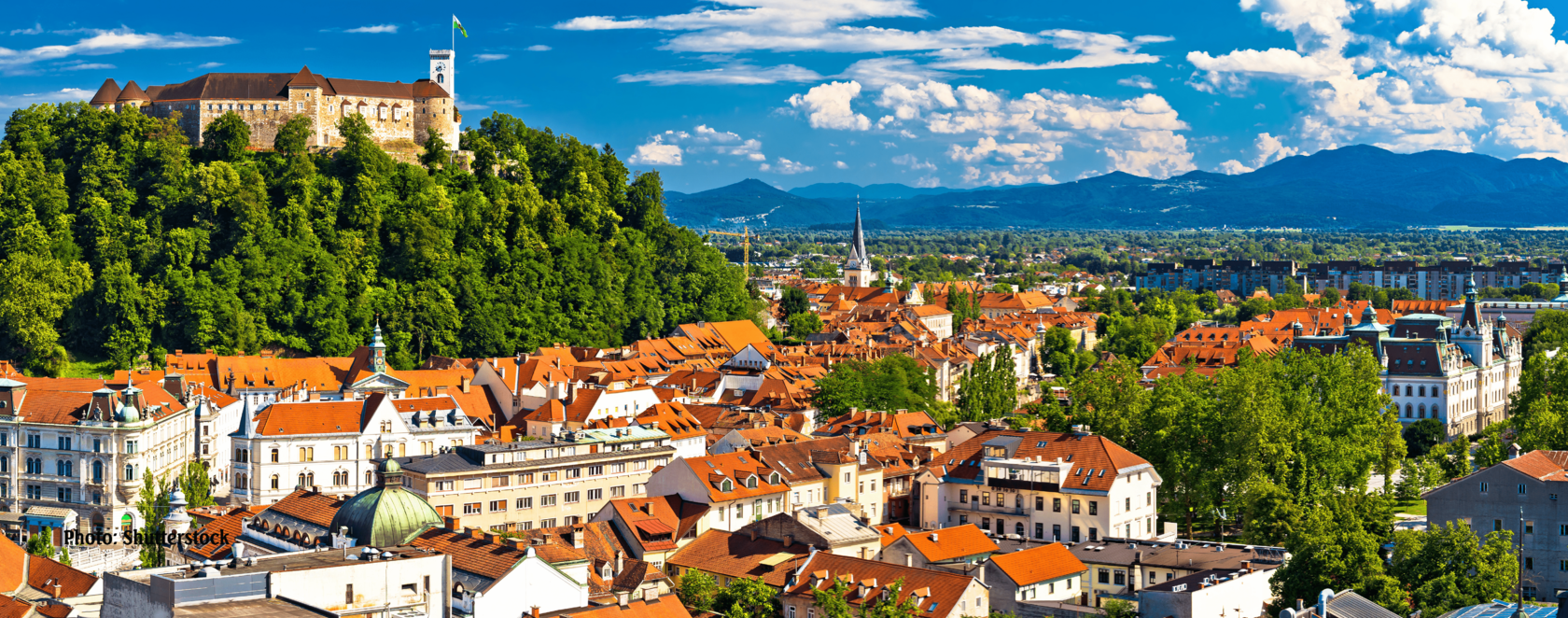Slovenia is the richest country of the former communist block being ahead of the Czech Republic and Estonia, but at the same time significantly lagging behind its northern neighbour Austria.
According to the GDP per capita index, Slovenia is inferior to the Western European countries, but it remains the richest country in the former communist bloc.
According to the UN data (one of the three organizations, in addition to the World Bank and the IMF, that collects and analyses data on the level of economic development of states), in 2015 the gross domestic product (GDP) per capita index of Slovenia made 19,499 euros (22nd place in Europe and 38th in the world).
Slovenia Is Ahead of Greece and Portugal Approaching Cyprus and Malta
In recent years, Slovenia out of all market economy countries (the EU countries, which since 1990 have not experienced a period from socialism to capitalism) has managed to come ahead of Greece and Portugal.
Slovenian figures are close to the two Mediterranean island countries that is Cyprus (20,625 euros) and Malta (21,884 euros). The level of other countries that were not part of the former communist bloc is much higher.
Backlog from Austria Declined
In 2015, the northern neighbour of Slovenia—Austria (13th place in the EU according to private financial assets) featured the per capita GDP of 41,471 euros. Slovenia’s GDP thus amounted to 46.9% of GDP per capita of the population of Austria, which is almost half less.
Slovenia, as compared to 1993, reduced its backlog from Austria. At that time, Slovenia’s GDP per capita was 6,602 US dollars (6,206 euros), and in Austria, the same indicator amounted to 24,117 US dollars (22,670 euros). Thus, in 1993 the GDP per capita of the population of Slovenia was only 27.4% of the Austrian level, being almost 4 times less.
Slovenia Is the Richest Among the Former Socialist Countries
Slovenia is still the richest country of the former communist bloc, excluding the German Democratic Republic (GDR), which aligned with the successful Federal Republic of Germany (FRG) and received a billion macro-financial assistance. Therefore, today even the poorest federal land Mecklenburg-Vorpommern has the GDP per capita higher than in Slovenia.
Comparison of GDP in Slovenia and the Czech Republic
Since 1993, the ratio of GDP figures in both post-communist countries has long been uneven. In 1994, the Czech Republic had almost 61% of the Slovenian GDP per capita, but by 1999, this figure dropped down to 55.2%. By 2002, the Czech Republic reached 67.4% of the Slovenian GDP per capita. In 2004, when both countries joined the EU, the Czech GDP per capita was 67.3% of the Slovenian index.
Czech Jerk (2005–2008)
In the following years, the advantage of Slovenia declined. In 2008, the GDP per capita of the Czech Republic increased to 82.6% of the Slovenian figure. Thus, the Czech Republic has become the most successful “pursuer” of Slovenia since 1993 among the post-communist countries. In 1993, GDP per capita in the Czech Republic amounted to 3,913 US dollars (3,678 euros) or 59% of the then GDP per capita of the population of Slovenia. In 2015, the figure was already 85% of the Slovenia’s GDP per capita. Later in 2012, the Czech GDP per capita was already 87.7% of the Slovenian figure.
Slovenes and Private Financial Assets (Made Fortune)
Slovenia is still leading among the post-communist countries at the level of private financial assets per capita. According to the Alliance report on the financial state of the world countries in 2016, Slovenia had 13,135 euros of private financial assets per capita. This is much lower than in Austria (51,062 euros), but still higher than in other post-communist states.
An Average Slovene Is 521 Euros Richer Than an Average Czech
In 2015, as compared to 2014, the Czech Republic’s private financial assets per capita increased by 7.1% up to 12,614 euros (if converted from CZK to euros), and the difference makes only 521 euros.
Among the other countries of the former communist bloc, the high level of private financial assets per capita of Hungary, the eastern neighbour of Slovenia, makes 10,562 euros. All other post-communist countries have a rate of less than 10,000 euros.
Spheres in Which the Czech Republic Is Ahead of Slovenia
Though the Czech Republic is still inferior to Slovenia in private financial assets per capita and GDP per capita, it is already ahead of Slovenia in the rankings, where the GDP per capita is compared with regard to the cost of living in a particular country.
The Eurostat also takes into account the comparison of purchasing power and the cost of living, which, as a rule, in the less wealthy and less developed countries, is lower than in the more prosperous and successful states. As the French economist and historian Fernand Braudel wrote, “A too cheap standard of living is in itself an indicator of low stage of development”.
Slovenia in the Eurostat Ranking
According to the ranking of Eurostat (GDP per capita), which compares the purchasing power of the population, in 2015 Slovenia had 83% of the EU average GDP, and the Czech Republic featured 87% of the average European GDP.
It should be noted that since 2007, Slovenia is part of the euro zone and no longer has a sovereign monetary system, while the Czech Republic still retains its national currency—CZK.
Source: siol.net
